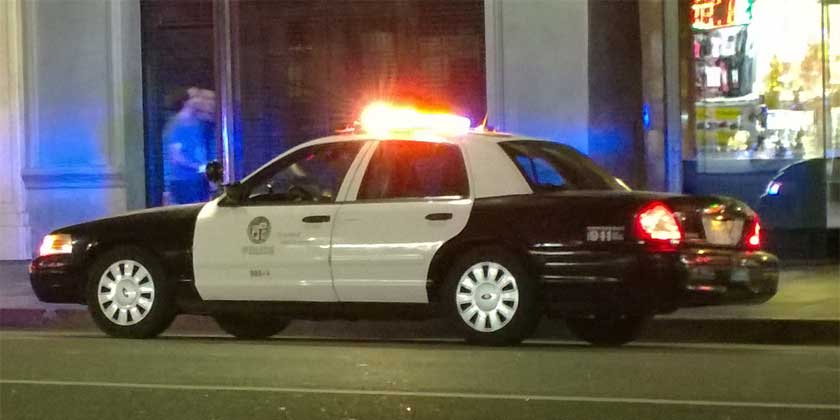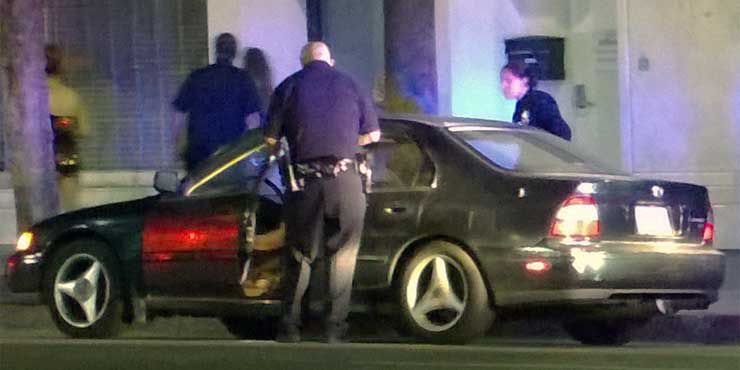New Law 2024
Starting January 1, 2024, when a police officer stops you while driving or walking, they must tell you why they stopped you before asking any questions about a crime or traffic violation, as per
California Vehicle Code 2806.5.
If the officer believes that explaining the reason might endanger life or property, they are not required to explain it immediately. However, the officer must document the reason for the stop on the ticket or in their report.
Your Rights During the Enforcement Stop
If an officer asks for your permission to do something, you have the right to say no. However, if you refuse and the officer proceeds, you cannot interfere with their actions. For example, an officer might ask to search your vehicle. While you have the right to deny permission, they might still be legally allowed to conduct the search in certain situations.
If you do not want an officer to search your vehicle, clearly state that you do not give your permission. However, you must not resist or attempt to stop them if they proceed with the search.
Documents You Must Show During a Stop
During an enforcement stop, the driver is required to show their driver’s license, proof of insurance, and vehicle registration. If the driver cannot produce these documents, the officer may search for them, but only to a limited extent.
The officer may also ask passengers for their names or identification. Passengers can decline this request, but in certain situations, they may still be required to provide identification.
If passengers wish to keep their identification private, they should clearly state this. However, passengers must not interfere with the officer’s duties during the stop.

Must I Step Out of the Car?
During a traffic stop, the officer can legally ask the driver and all passengers to either step out of the vehicle or remain inside. You are required to follow their instructions.
Immigration Status
In California, only federal law enforcement officers can inquire about your immigration status. State and local officers are not permitted to ask drivers or passengers about their immigration status. If a California officer asks about your immigration status, you have the right to decline to answer.
Check What You Have Learned
Things to Remember During an Enforcement Stop
- If a law enforcement vehicle approaches from behind, turn on your right turn signal to acknowledge that you see the officer.
- Drive to the right shoulder and stop, even if you are in the carpool/HOV lane.
- Stop in a well-lit area when possible.
- Turn off your radio or music player.
- Roll down your window after stopping your vehicle and before the officer contacts you.
- Remain inside your vehicle unless directed otherwise by the officer.
- You and all passengers should keep your hands in clear view.
- Stay calm.
Practice for Your Driver’s License Test
Prepare for your California driver’s license test:
Practice Test 1.

